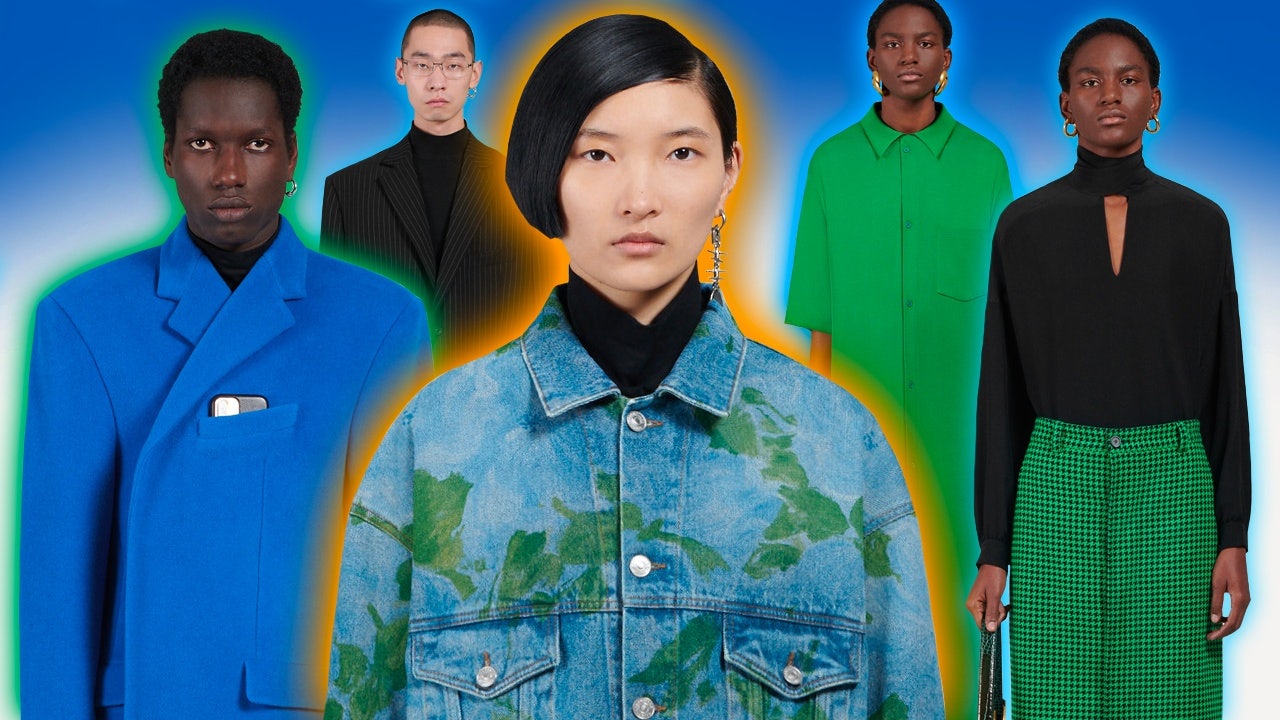Key Takeaways#
:
- Younger Chinese shoppers are no longer impressed by craftsmanship or well-known names — they now want meaningful interactions with brands.
- Luxury labels need to evolve into more flexible and compromising entities if they want to thrive in China, so they must implement new marketing strategies that drive luxury sales in China.
- China is a sprawling and heterogeneous country that encompasses different social and cultural geographies and has relatively different standards of living, so audience segmentation is crucial to success in China.
China is a consumer society populated by demanding shoppers. Consumers insist on interactions with brands in this model of value creation, but also with labels and other shoppers. Chinese consumers want retailers to play a role in society and take stands for important issues. And as vigilant guardians, they catch every corporate misstep and brand mistake.
So with this immense pressure and constant tension, it’s no wonder that many established labels fail in China. Without a marketing strategy that focuses more on building brand trust than just collecting traffic, even established names like Dolce & Gabbana or Versace can fail.
Some heritage brands believe that having high-grade products or a long-running legacy is enough to conquer the market. But younger Chinese shoppers are no longer impressed by craftsmanship or well-known names — they now want meaningful interactions with brands.
As such, luxury labels need to evolve into more flexible and compromising entities if they want to thrive in China. They could begin by making minor changes to their game plan, such as implementing these powerful marketing strategies that drive luxury sales in China.
Create digital content that emphasizes status maintenance#
Western heritage labels should not underestimate the importance of social media. Leveraging the power of these social platforms to communicate the brand’s equity is a no brainer. But smart labels go even further. They invest in emotional marketing and create digital content that conjures aspirational emotions.
According to data from the UK-based Institute of Practitioners in Advertising (IPA), ad campaigns with purely emotional content outperformed those with rational content (31 versus 16 percent). Consequently, luxury brands that envision emotional marketing campaigns celebrating social standing, financial wealth, opulence, and prestige will outmatch their competitors in China.
Harness the power of geographic segmentation#
China is a sprawling and heterogeneous country that encompasses different social and cultural geographies and has relatively different standards of living. So a product that is a smashing success in Beijing will not necessarily sell-out in lower-tier cities.
The same rule applies when we try to define luxury. Shoppers in Beijing have a different understanding of luxury than people in Hangzhou. For a variety of reasons, audience segmentation is key to success in China. Accordingly, the brand’s message needs to consider and respond to consumer expectations.
Ultimately, instead of promoting a single-size solution and trying to reach this massive market with one message, brands should instead target small audiences in specific locations. In China, target-market analysis can be a lifesaver for luxury brands because it excludes irrelevant audiences and saves time and financial resources.
Boost partner marketing and consumer collaborations#
Western brands should overcome their obsession with KOLs and influencers with large followings and improve their engagement strategies by spotlighting the consumer instead. Let’s not forget that the brand evangelist is the one who buys the luxury product, not the KOL. Hence, the value of customer engagement shouldn’t be underplayed.
Gucci, Dolce & Gabbana, and Burberry are luxury brands that successfully transform their shoppers into brand ambassadors. In fact, the social media pages of these luxury players often feature images of their fans dressed in the brand’s latest designs.
By giving creative control to their fans, these luxury labels generate unforgettable memories that reinforce product desirability in the eyes of consumers. In the end, luxury labels get exciting and authentic ads that drive engagements and have very low production costs via these consumer collaborations.
Invest in digital loyalty solutions#
Digital doesn’t kill exclusivity and luxury. In fact, if it’s done right, it can enhance the allure of exclusivity and the enigma of high-end fashion.
In the digital age, when the lines between populism and elitism have become increasingly blurred, consumers can disclose their privilege and social status by accessing members-only groups and unique digital clubs or by having access to special digital loyalty solutions.
As such, these digital programs come with specific services and perks that encourage brand loyalty. These could take the form of reward cards that trigger certain services when used or loyalty programs that reward shoppers by offering them points, miles, discounts, or freebies.

